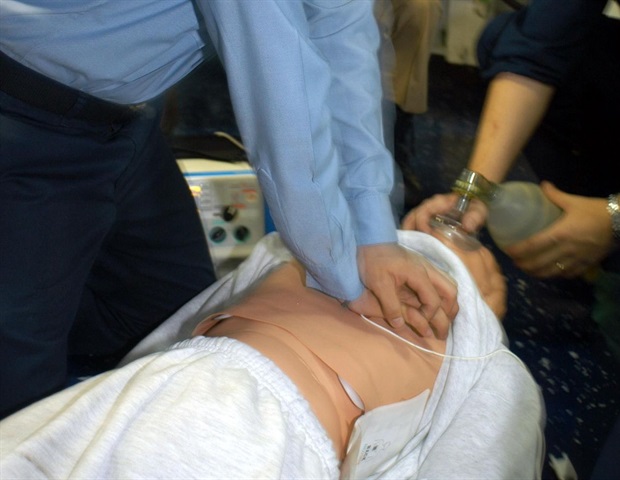Joshua Lupton, M.D., has no memory of his own cardiac arrest in 2016.
He only knows that first responders resuscitated his heart with a shock from a defibrillator, ultimately leading to his complete recovery and putting him among fewer than one in 10 people nationwide who survive cardiac arrest outside of a hospital. He attributes his survival to the rapid defibrillation he received from first responders -; but not everybody is so fortunate. Now, as lead author on a new observational study published in the journal JAMA Network Open , he and co-authors from Oregon Health & Science University say the study suggests the position in which responders initially place the two defibrillator pads on the body may make a significant difference in returning spontaneous blood circulation after shock from a defibrillator.
The less time that you're in cardiac arrest, the better. The longer your brain has low blood flow, the lower your chances of having a good outcome." Joshua Lupton, assistant professor of emergency medicine, OHSU School of Medicine Researchers used data from the Portland Cardiac Arrest Epidemiologic Registry, which comprehensively recorded the placement position of defibrillation pads from July 1, 2019, through June 30, 2023.
For purposes of the study, researchers reviewed 255 cases treated by Tualatin Valley Fire & Rescue, where the two pads were placed either at the front and side or front and back. They found placing the pads in front and back had 2.64-fold greater odds.


















